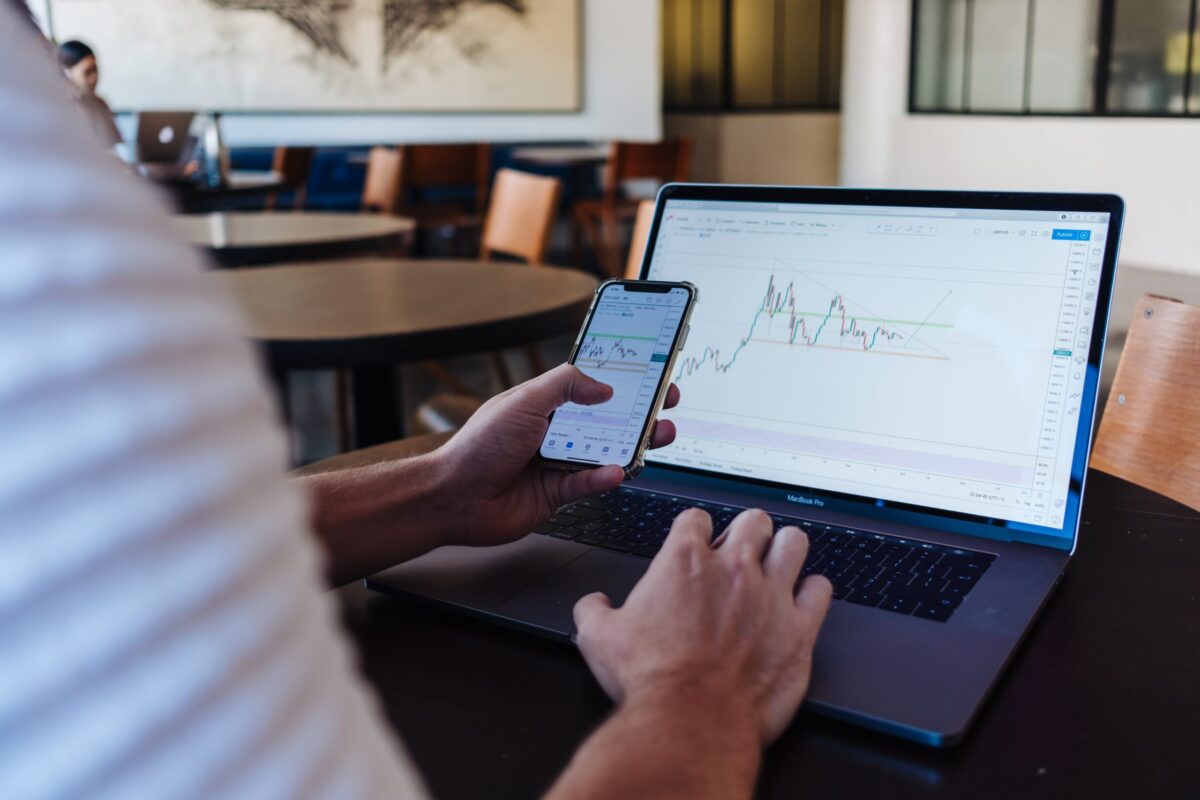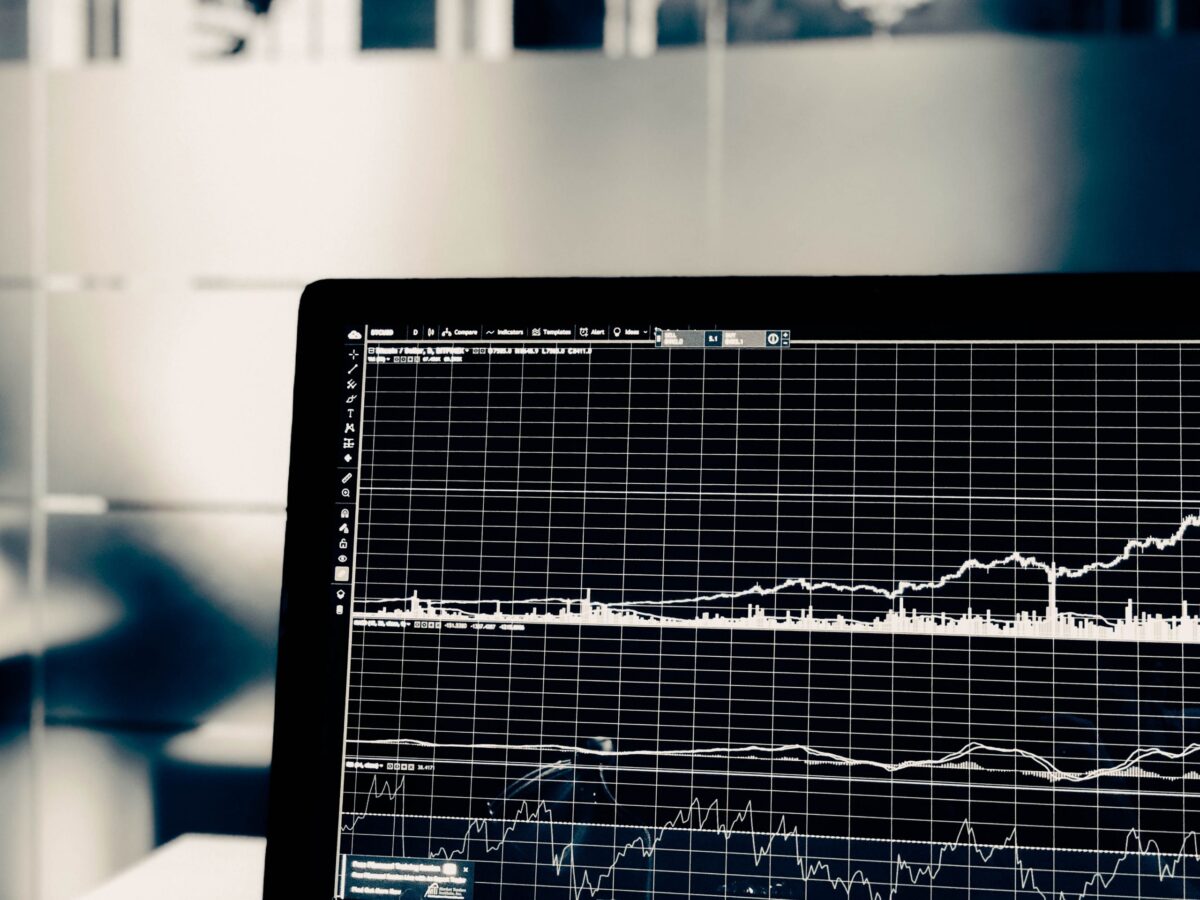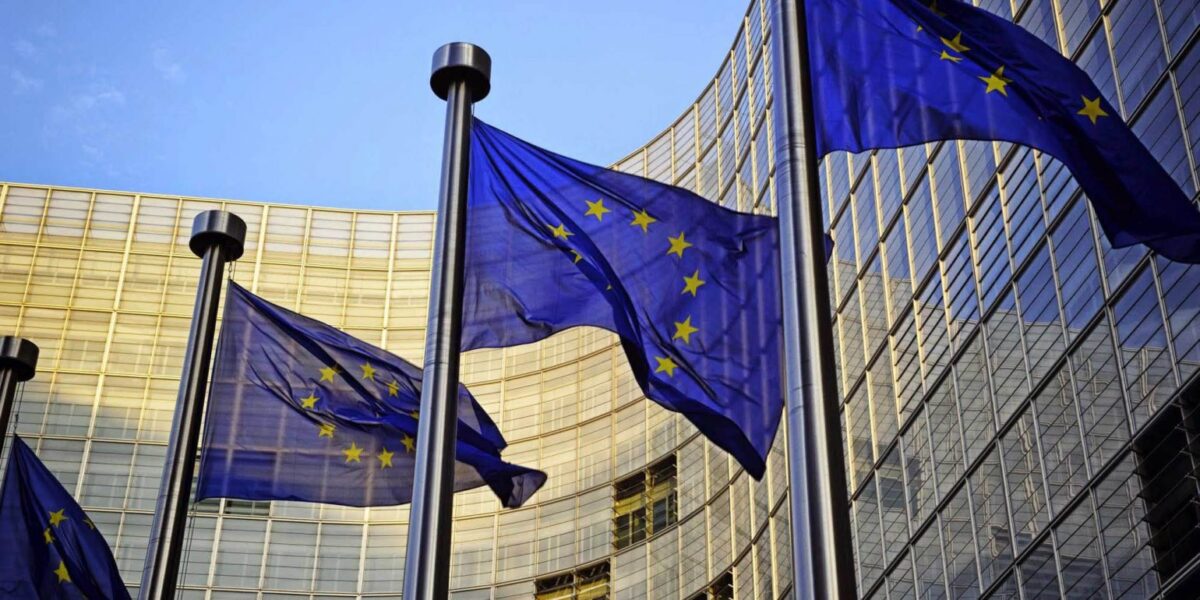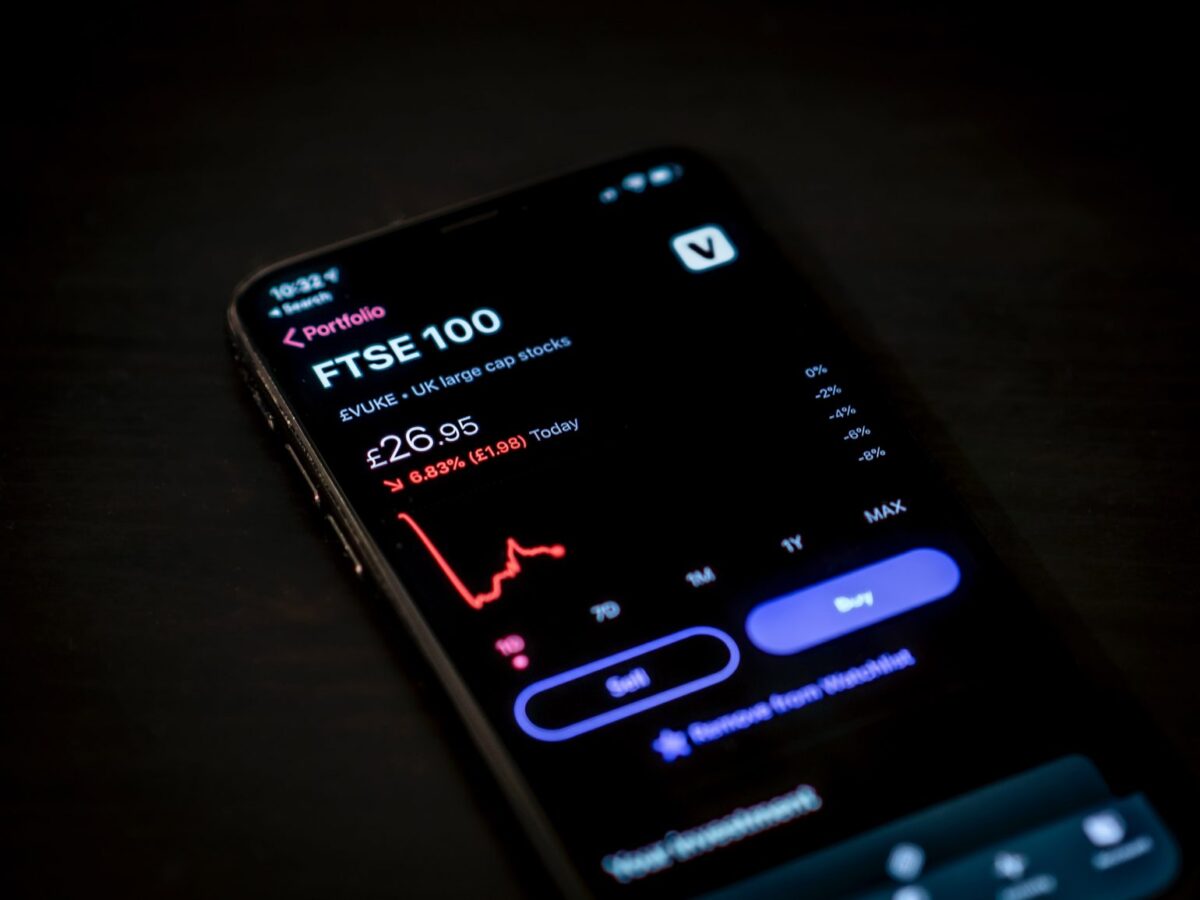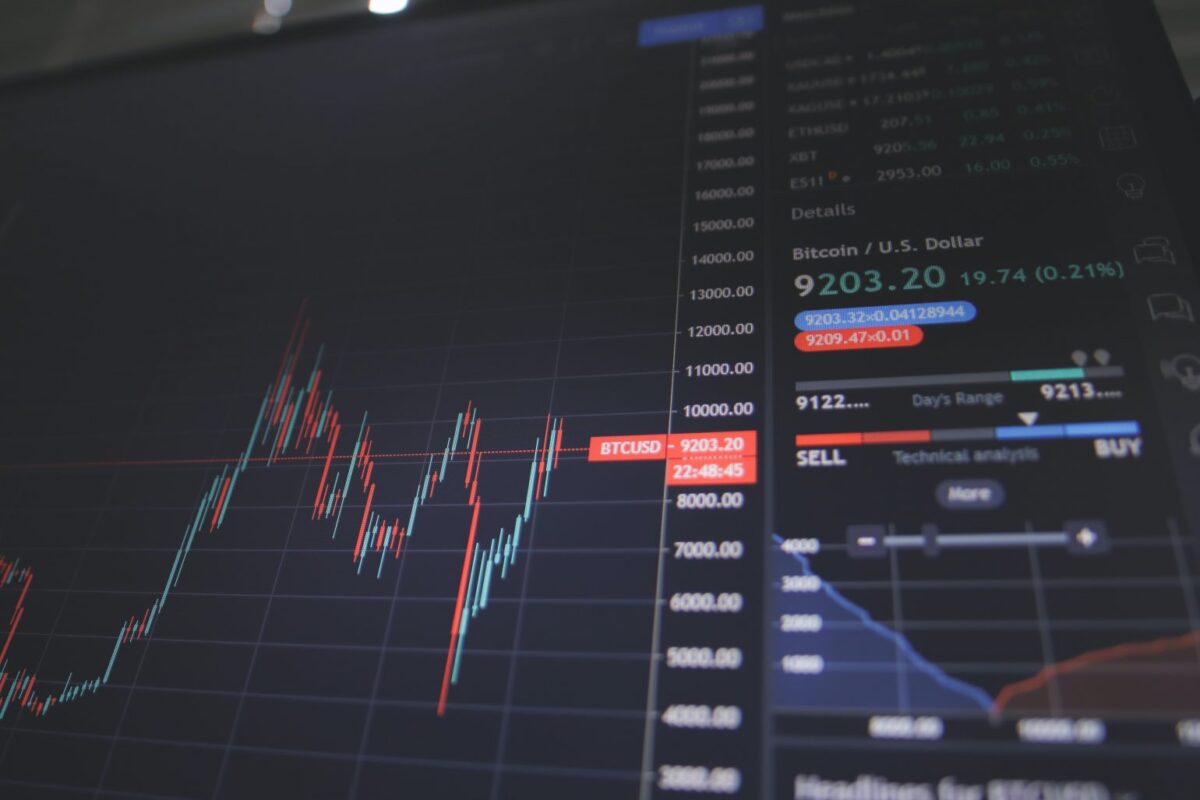Woodside Petroleum Ltd (ASX:WPL) was the latest to announce a write-down, with management reducing the value of their oil and gas assets by US $4.2 billion due to the lower oil price. WPL now trades at the same level it did in 2005, despite raising capital on multiple occasions, clear indication that the greatest opportunities lie in cleaner energy sources.
The ASX 200 (ASX:XJO) gained another 1%, taking a positive lead from US markets, with over 60% of the rally coming from the Big Four Banks, Commonwealth Bank of Australia Ltd (ASX:CBA) up 2.2%, and miners, BHP Group Ltd (ASX:BHP) up 2.2% after the iron ore price exceeding US$118 per tonne.
Despite being the secondary epicentre of COVID-19 the European experiment may be turning the corner, with unprecedented events finally delivering consensus on fiscal and monetary policy. This is not without pain, with the economy contracting 3.6% in March behind multi-decade record contractions of 5.3% in France and Italy and 5.2% in Spain. The ECB is predicted a 9% contraction in growth for the year.
The ASX 200 (ASX:XJO) surrendered early gains to finish Friday down 0.6%, pulling the market down -2.3% for the week. Real estate, -5.4%, and industrial’s, -4.6%, were among the hardest hit as Victoria’s spike in COVID-19 cases shut the second largest state down for another six weeks; Qantas Ltd (ASX:QAN) lead the falls down 8.0%. Despite offering a weaker leader to the ASX, both the S&P 500 and Nasdaq recorded positive results on Friday, driven 1.1% and 0.8% as the recovery in the banking sector continued.
It was another volatile day for the ASX 200 (ASX:XJO), with the market finishing 0.6% higher, as a weak lead from the US impacted on confidence. The only two detractors were the property and staples sector, with materials and mining once again a highlight, driven by BHP Group Ltd (ASX:BHP), +2.2%, and Rio Tinto Ltd (ASX:RIO), 3.3%.
The ASX 200 finished 1.5% lower following a spike in COVID-19 cases in Melbourne resulting in an extended six-week lockdown. The weakness was exacerbated by record numbers in the US, where a daily record of 60,000 cases was hit.
Despite a strong overseas lead, the ASX 200 (ASX:XJO) paused on Tuesday, pushed marginally lower by the reinstatement of Stage 3 restrictions in Melbourne. A strong lead from the mining sector, particularly gold with St Barbara Mining Ltd (ASX:SBM) adding 10.3% and BHP Group Ltd (ASX:BHP) up 1.3%, wasn’t enough to overcome an afternoon collapse in the property and travel sectors.
The ASX 200 (ASX:XJO) closed above 6,000 points for the third straight day, despite falling 0.7% for the session. Technology was the only positive sector with the major miners the biggest detractors, BHP Group Ltd (ASX:BHP) and Rio Tinto Ltd (ASX:RIO) down 1.7% and 1.0% respectively, amid signs of a rebound in Brazilian exports reported by Vale S.A (BVMF:VALE3).
What a month, with markets rallying again, capping off the strongest quarter for the ASX in more than 20 years. The technology-focused Nasdaq reached all-time highs and the S&P 500 had its best quarter since 1938. The month continued the ‘changing of the guard’ trend, with the old-fashioned, capital intensive sectors, such as property, energy…
The quarter saw an onslaught of record-breaking economic data, as Australia officially entered its first recession in nearly 30 years. The economy contracted a comparatively strong 0.3% in the March quarter and is expected to fall as much as 8-10% in June as the worst of the economic shutdowns hit. It’s clear that Australia’s world leading fiscal stimulus is very much needed to support a recovery.


